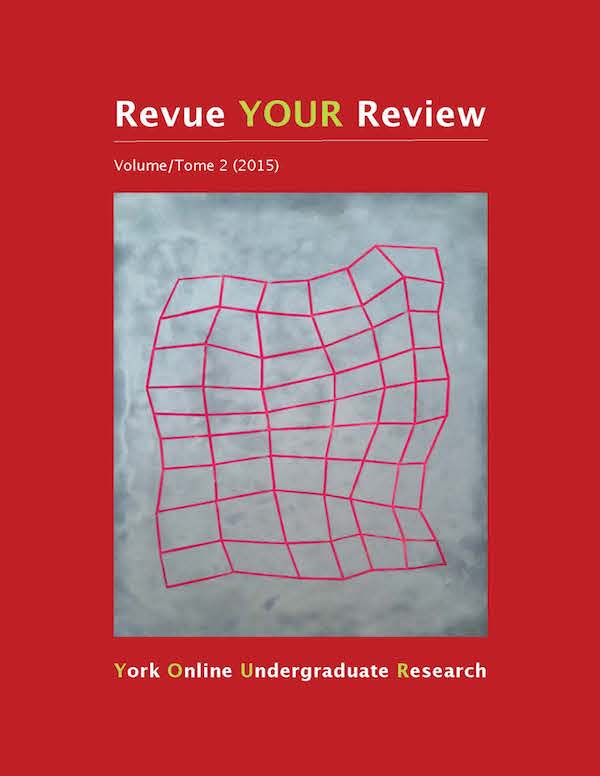Understanding Canada's Physician Supply Through the Lens of Distribution, Gender, and Age
Abstract
Canada currently has more physicians than at any point in its history, yet there is a belief that there is a shortage particularly in the area of general or family physicians. This has been kept in the forefront of public discourse by the mainstream media which fuels public paranoia that the healthcare system is “not what it used to be.” Much of this debate stems from a series of policy changes made in the 1980s and early 1990s, which by the end of that decade left the impression that it was a system in peril. Government responded by expanding physician resources, which increased the physician population ratio almost 17% from 1993 to 2011, and 30% compared to 1980. This paper seeks to determine why the perception of physician shortages continues despite the record levels of total and per-capita physicians. To answer this, a critical examination of physician activity in three areas—location, gender, and age—was conducted. The results show a sharp decline in the number of hours available for direct care as a result of an ageing, and increasingly female, work force. Results also indicate that the location of physician practice—urban or rural—has an impact on the perception of physician shortage, with rural populations having access to significantly fewer physician resources. The paper concludes that, from a policy perspective, Canada must move beyond absolute numbers and ratios in the evaluation of physician resources, and instead focus on how many direct-care hours are actually available for patients.
Downloads
How to Cite
Issue
Section
License
Authors contributing to Revue YOUR Review agree to release their articles under one of three Creative Commons licenses: Creative Commons Attribution 4.0 International; Creative Commons Attribution-NonCommercial 4.0 International; or Creative Commons Attribution-NoDerivatives 4.0 International. All editorial content, posters, and abstracts on this site are licensed under Creative Commons Attribution-NoDerivatives 4.0 International. For further information about each license, see:
https://creativecommons.org/licenses/
In all cases, authors retain copyright of their work and grant the e-journal right of first publication. Authors are able to enter into other contractual arrangements for the non-exclusive distribution of the e-journal's published version of the article (e.g., post it to an institutional repository or publish it in a book or in another journal), with an acknowledgement of its initial publication in this e-journal.


